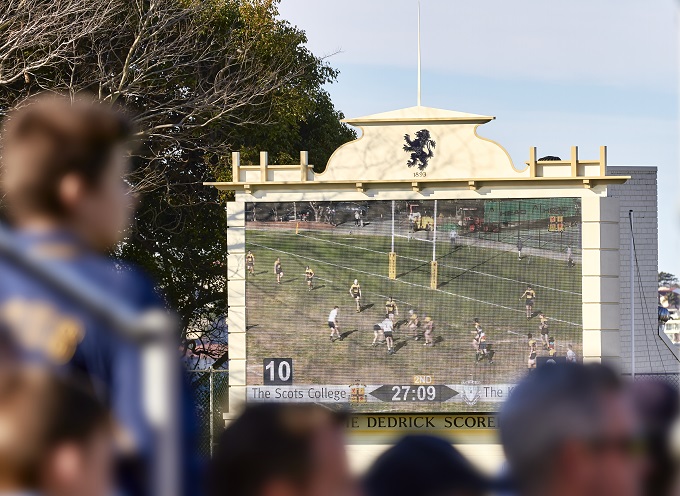Support from your principal: are you asking for it?

There are many maxims and proverbs about human behaviour that are untrue. One I’ve heard many times is that “you can’t change somebody else’s behaviour, you can only change your own”. What nonsense!
Merely being alive is a constant act of manipulating the behaviour of others. I influence my kids’ behaviour with my “dad look” when they’re bickering. I influence my wife’s behaviour when I forget to unpack the dishwasher as I promised to do … four times. And on the flipside, I actually like it when others successfully manipulate me.
As a principal, if a teacher comes to me with a well-crafted story (motivated as I am by a good ol’ yarn) and a comprehensive case for a change or for a new program, then I’m a far better chance to look upon, and then support, that change. Well played, teacher!
There, of course, is one saying about behaviour that stands as a beacon of truth in the guff and inspirational memes on Facebook – that we train people how to treat us. If we accept this is true, it’s worth occasionally examining whether we are training people to treat us the way we wish to be treated or not, because we’re well capable of both.
We get what we want more regularly when we are clear, positive and honest about the treatment or response we’re seeking. We get less of what we want when we concede to well established, yet often highly unproductive, traditions and defaults.
And in no other domain of our work as teachers are we looking for more productive support from our leaders than around practice and student behaviour. Yet in many schools, the gap between the amount and type of support provided and what’s desirable for both is often gaping.
[pro_ad_display_adzone id=”6125″ align=”left” padding=”5″]So, my question is – are you asking your leaders for SUPPORT when you need it … or are you asking to be RESCUED? Because one way or another, we’re asking for it.
“We’re our own dragons as well as our own heroes, and we have to rescue ourselves from ourselves.” Tom Robbins
Let’s look at the concept of RESCUE first. The word itself, conjures images of floating helplessly in a life raft in the ocean. Our only hope is that a dot in the sky is the “rescue helicopter” that will arrive and pluck us from the icy waves and pull us to safety. The key features of any rescue are:
- the work is done by the rescuer;
- the person being rescued is helpless, hopeless and quite passive in the experience;
- the rescued has no improved capacity to save themselves or to learn anything.
With that established, let’s look at what we are training our leaders to do when students misbehave and disrupt in our learning environments. You see, there’s a well-worn tradition and default that has taken on the colloquial title of “handballing” that has continued to fester unfettered in Australian classrooms. Whether the student is sent to a hierarchical leader or whether that leader comes to the classroom to “deal with” the perpetrator, this is clearly a leader in rescue mode. And Australian teachers seem to be meekly accepting this as support. It isn’t.
“Just be sure you’re not calling for a helicopter, when all you need is somebody to drop you a paddle.”
So, in training your leaders how to treat you. Ask yourself when you last:
- asked a leader to watch your class so that you yourself can intervene individually;
- asked a leader for coaching on reducing heightened anger or anxiety in individual students;
- asked a leader for release to walk and talk with a struggling student; and/or
- asked a leader not to diminish your status with the class by publicly removing students from your authority.
The good news is that most leaders are very keen to support in such a way … they’ve just never been asked to.
A final point – a trapdoor out of the horror of full unsupported responsibility, if you will – is that there’s a time for rescue too. Sometimes we do feel helpless and our leaders should look to rescue us when we’re drowning. Just be sure you’re not calling for a helicopter, when all you need is somebody to drop you a paddle.
AITSL standards for teachers… and you addressed them by reading!
The big one:
4.3 Manage challenging behaviour.
But also:
3.3 Use teaching strategies.
3.6 Evaluate & improve teaching programs.
4.2 Manage classroom activities.








I don’t disagree but sometimes it gets political. “Such and such had x number of exits today.” I have heard a leading teacher say this to a principal. This negative perception goes against you even if you are doing everything to a high standard. So some teachers would rather keep issues to themselves unfortunately. And teachers find themselves in no man’s land (and also when a parent makes a complaint).